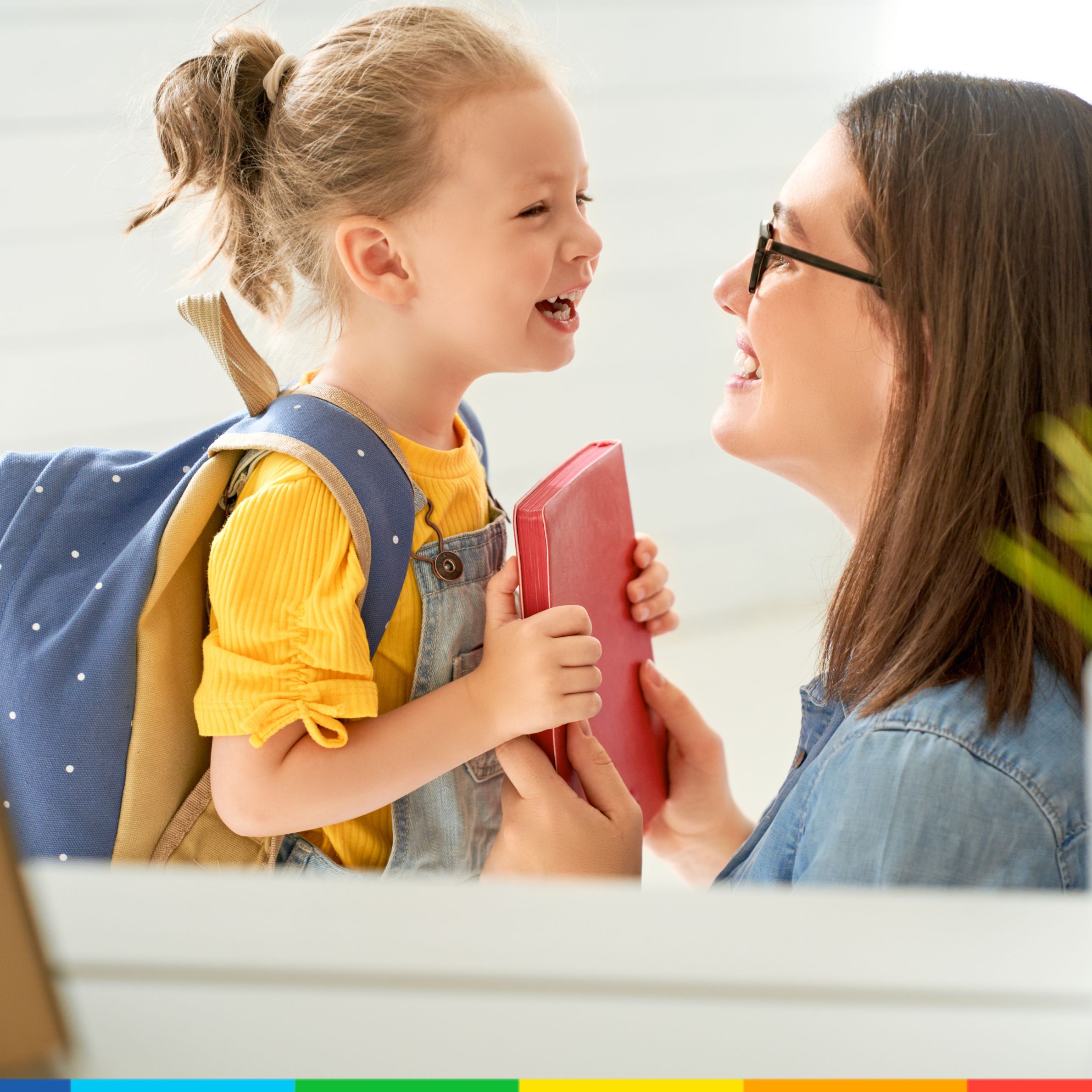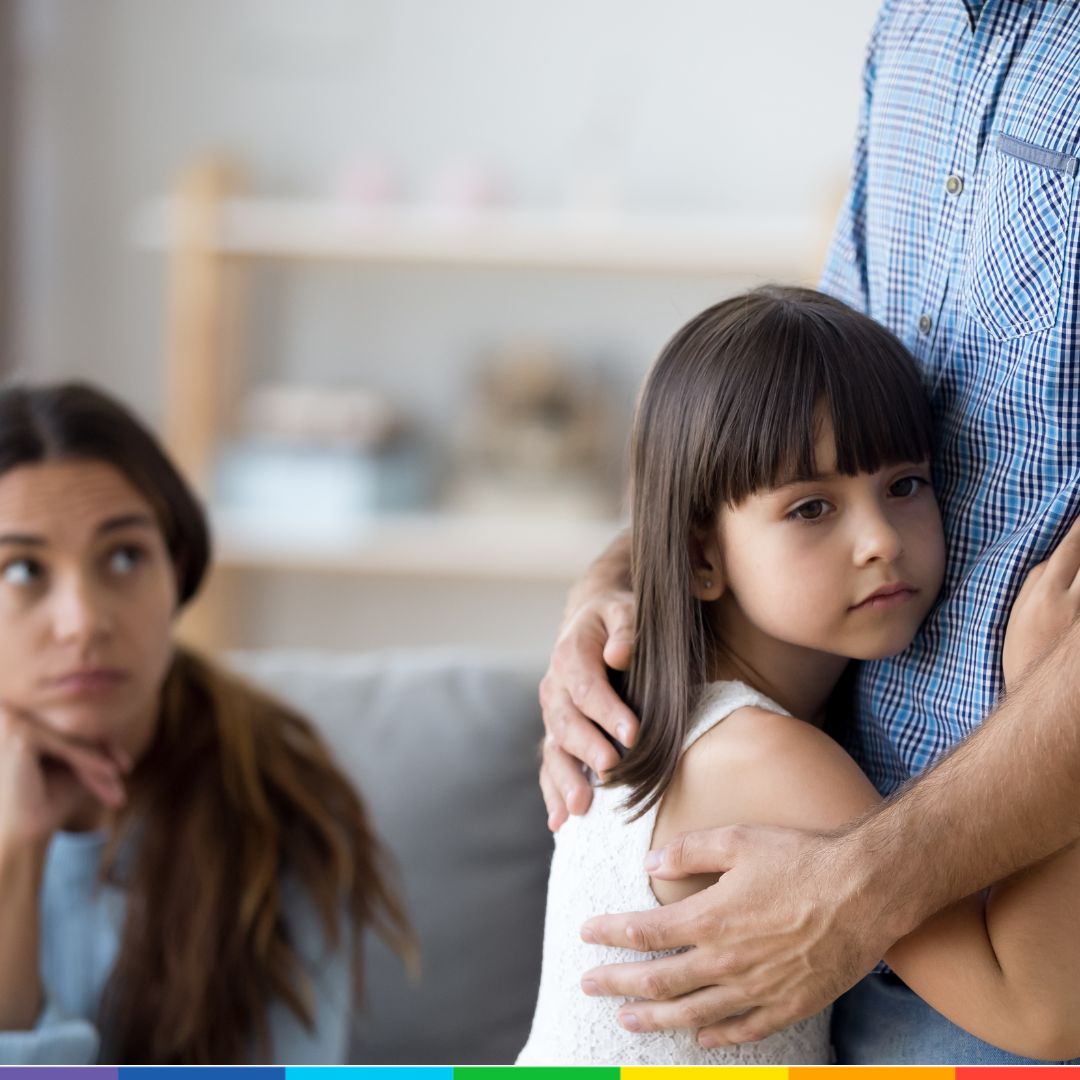
Parenting Tips
Importance of Emotional Regulation and How to Nurture it
May 27, 2024
Related
Topics

Hey
-

Back to School: How to Prepare for a Smooth First Day?
September 1, 2025
-

How to Build Resilience in Children? – Never Give Up!
August 8, 2025
-

Parents Saying ‘No’ – How to Set Limits Without Guilt?
July 15, 2025
-

-

Green Parenting: How to Make Your Home More Eco-Friendly?
April 24, 2025
Ready for more?
Hey
Sign up for Rainbow Kiddies newsletters for more stories and updates
An APA article that I came across took me back to the topic of emotional regulation. It highlights the importance of teaching children how to manage their emotions effectively. It discusses strategies such as modeling healthy emotional responses, validating children’s feelings, and creating a supportive environment. The article also emphasizes the role of parents in helping children develop these skills, which can lead to better mental health and improved social interactions. By fostering emotional intelligence, parents can aid in their children’s overall development and well-being.
So, I thought, why not put together some information that I have on this and create a helpful guide for caregivers out there? And here you go….
What is Emotional Regulation?
Emotional regulation is a crucial skill for children to develop, as it helps them manage their feelings, respond to stress, and interact positively with others. As caregivers, we play a vital role in teaching and supporting our kids in learning how to regulate their emotions. So, here are some effective strategies to help your child develop this essential life skill.
1. Model Emotional Regulation
Children learn by observing the adults around them. Hence, demonstrate healthy emotional regulation by managing your own emotions in a calm and composed manner. Show your child how you handle stress, frustration, and disappointment. Use these moments as teaching opportunities to discuss your feelings and the strategies you use to cope. If you feel that you have to work at it too, better late than never. Like I always say – start by helping yourself first so you can help your child better. We also have articles and podcasts on topics like anger management which might be of great help here.
2. Create a Safe Emotional Environment
Ensure that your home is a safe space where your child feels comfortable expressing their emotions without fear of judgment or punishment. Encourage open communication and let your child know that all feelings are valid. Provide a supportive environment where they can talk about their emotions freely. Make them feel safe, seen, soothed and secure as we had mentioned in our earlier post on the power of repair and showing up.
3. Teach Identification of Emotions
Help your child identify and label their emotions. Use simple language and visual aids, like emotion charts, to make it easier for younger children. When your child is upset, ask them to describe how they are feeling. This practice helps them understand and articulate their emotions, which is the first step in managing them. Again, we have a really nice book which will help little kids learn about different emotions. It also comes with many pages of emotion chart for them to play with – a new one for every new day.
4. Practice Deep Breathing and Relaxation Techniques
Teach your child relaxation techniques such as deep breathing, progressive muscle relaxation, or mindfulness exercises. Practice these techniques regularly, so they become familiar and can be used when your child is feeling overwhelmed. For example, you can practice deep breathing together by slowly inhaling for four counts, holding for four counts, and exhaling for four counts. Or you can do the bubble breathing technique that we have often talked about in our earlier posts. We also have a book which explains this breathing technique.
5. Develop Problem-Solving Skills
Encourage your child to think about solutions to their problems. When they encounter a challenging situation, guide them through the process of identifying the problem, brainstorming possible solutions, and evaluating the outcomes. This approach empowers them to take control of their emotions and responses. Listening to this story might actually help you with such ideas on how to enable your kid to solve their own problems and not really end up giving readymade solutions to them.
6. Use Positive Reinforcement
Acknowledge and praise your child when they demonstrate good emotional regulation. Positive reinforcement can motivate them to continue using these skills. For example, you might say, “I’m really proud of how you stayed calm and used your words to tell me how you were feeling.”
7. Establish Routines
Consistent routines provide a sense of security and predictability, which can help reduce anxiety and emotional outbursts. Ensure that your child has regular routines for meals, bedtime, and other daily activities. Predictable schedules can help them feel more in control and less stressed.
8. Encourage Physical Activity
Regular physical activity can help reduce stress and improve mood. Encourage your child to engage in physical activities they enjoy, whether it’s playing sports, dancing, or simply running around the playground. Physical exercise can be a great way to release pent-up emotions and boost overall well-being.
9. Limit Screen Time
Excessive screen time can negatively impact your child’s emotional regulation. Set reasonable limits on the amount of time they spend on electronic devices and ensure that they have plenty of opportunities for face-to-face interactions and physical play. Read our detailed post on screen time to know more about this topic.
10. Seek Professional Help When Needed
If your child struggles significantly with emotional regulation despite your efforts, consider seeking help from a professional, such as a child psychologist or counselor. They can provide additional strategies and support tailored to your child’s specific needs. Always remember that it is okay to take help when required.
Conclusion
Helping your child develop emotional regulation skills is an ongoing process that requires patience, understanding, and consistent support. By modeling healthy behaviors, creating a supportive environment, and teaching practical techniques, you can equip your child with the tools they need to navigate their emotions effectively. Remember, every child is different, and what works for one may not work for another. Stay flexible and attentive to your child’s unique needs as you guide them on this important journey.
References
- American Psychological Association (APA) | Helping Your Child Manage Emotions
- Child Mind Institute | How Can we Help Kids with Self-Regulation?
- Harvard University Center on the Developing Child | Building Core Capabilities for Life
- The National Association for the Education of Young Children (NAEYC) | Promoting Young Children’s Social and Emotional Health
Sign Up for your Free Parenting Guide: “10 Everyday Ways to Raise an Emotionally Strong Child”




